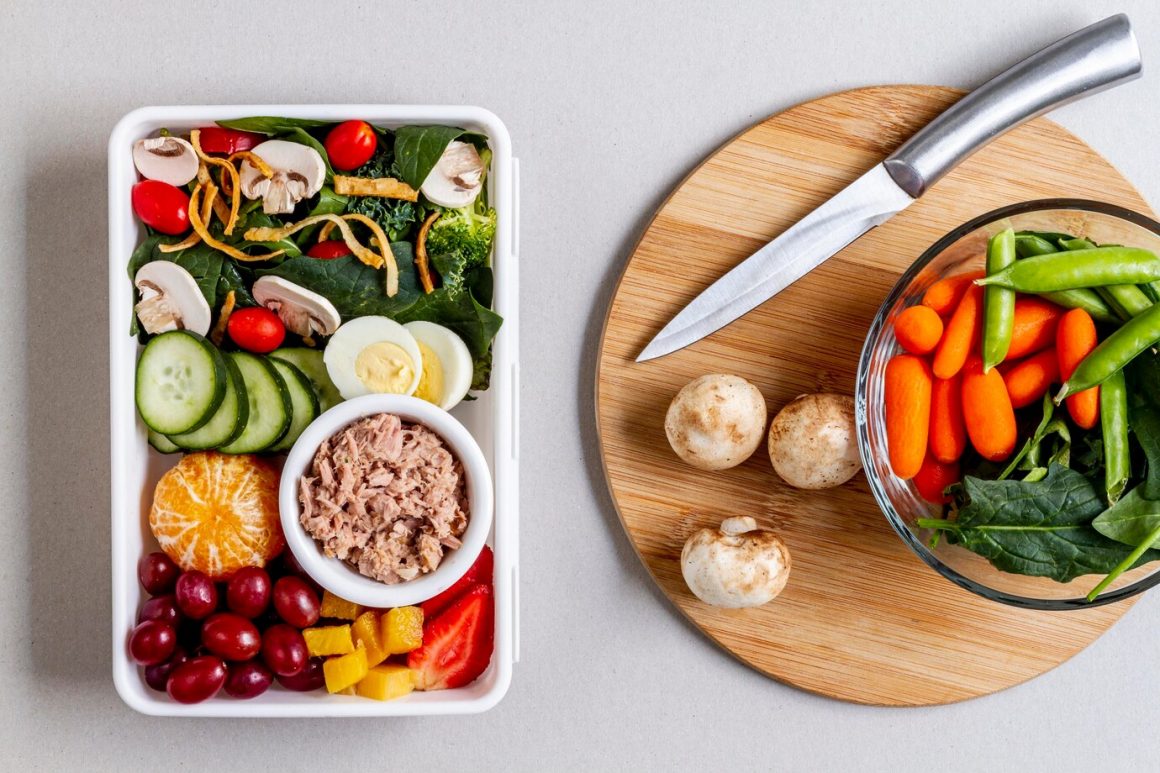Let’s be honest—life is busy. Between work, family, and squeezing in some me-time, it’s easy to fall into the trap of quick, convenient meals that might not exactly be brimming with nutrients. But what if I told you that with just a few tiny tweaks, you could transform your meals into a powerhouse of nutrition without adding a ton of extra effort? Sounds good, right? Well, grab your fork because we’re about to share ten tiny things you can do to make your meals more nutritious—without sacrificing the flavour or fun.
1. Boost with Seeds
Here’s a little secret: seeds are like nutritional superheroes in disguise. Whether it’s chia, flax, or pumpkin, these tiny powerhouses can add a major nutrient punch to your meals. Sprinkle them into your morning smoothie, mix them into your oatmeal, or even toss them into salads. Not only do they add a satisfying crunch, but they also bring in fibre, healthy fats, and a surprising amount of protein. Plus, seeds are an easy way to get some omega-3s if fish isn’t your thing.
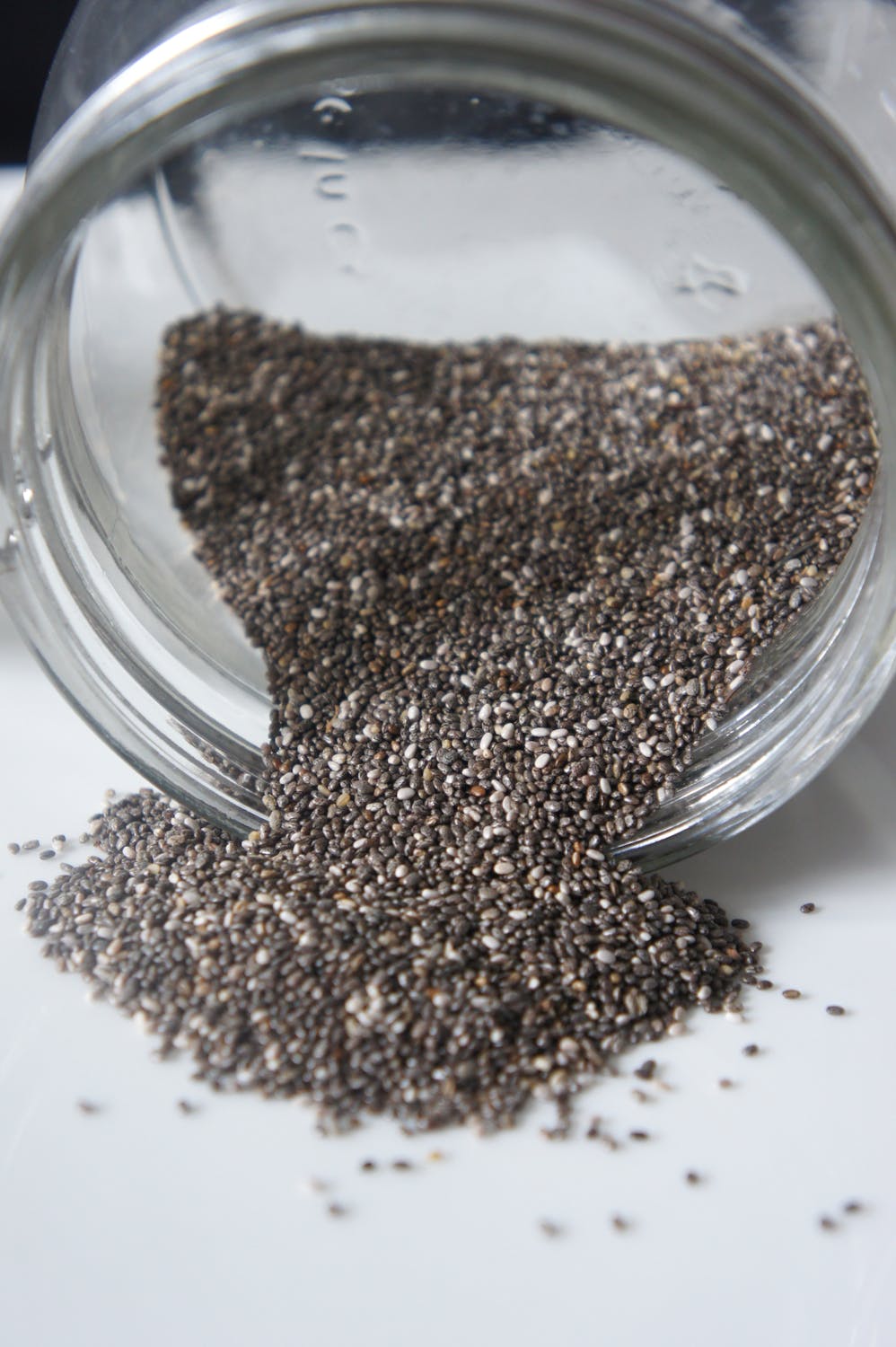
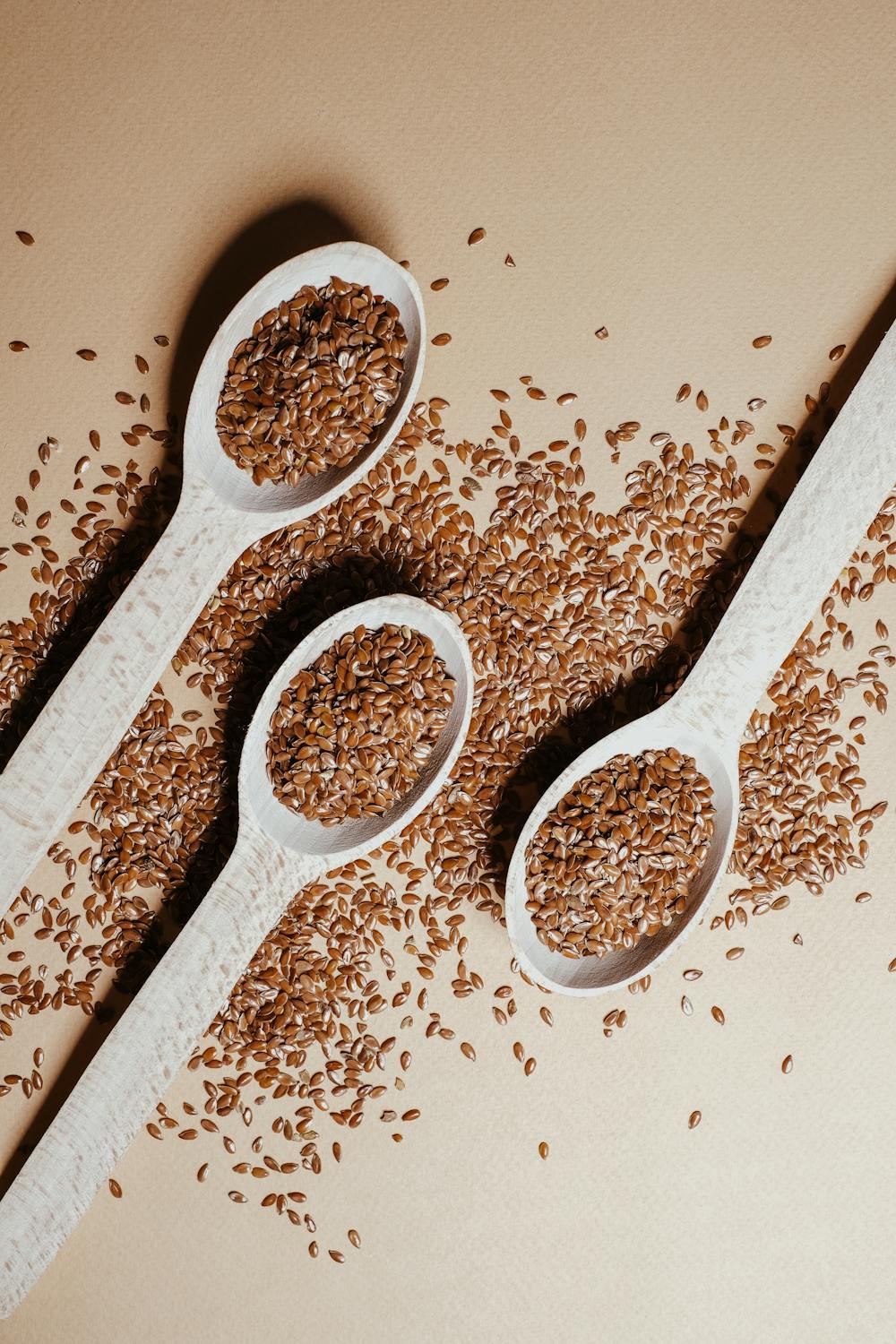
2. Spice It Up
Spices aren’t just for making your food taste amazing—they also come with health benefits. Turmeric, for example, is known for its anti-inflammatory properties. Cinnamon can help regulate blood sugar, and ginger can soothe an upset stomach. The best part? You can add them to almost anything. Stir turmeric into scrambled eggs, sprinkle cinnamon on your yoghurt, or grate some ginger into your stir-fry. It’s a small change, but your body will thank you.
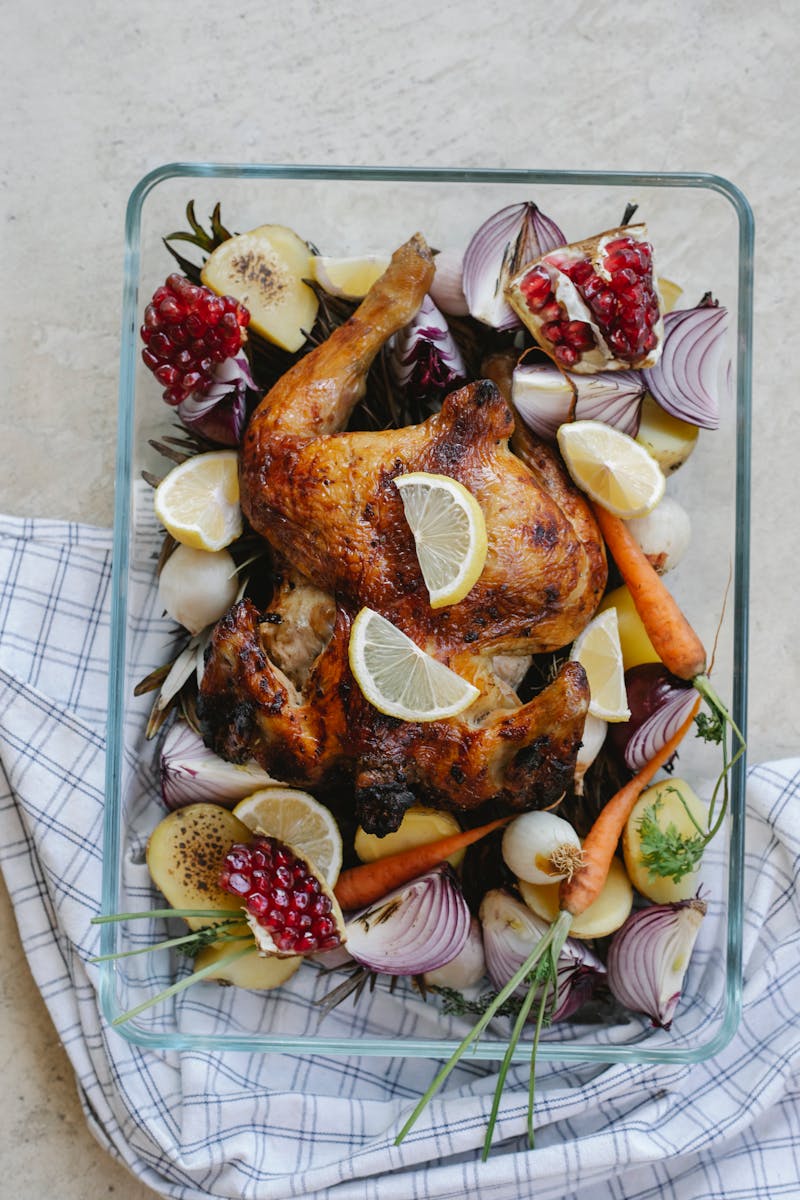

3. Embrace the Power of Citrus
A squeeze of lemon or lime can do wonders for your food—and your health. Citrus fruits are packed with vitamin C, which boosts your immune system and helps your body absorb iron more efficiently. Add a splash of lemon juice to your salads, fish, or even water. Not only will it brighten up the flavours, but it also gives your body that little extra nutritional kick it needs.

4. Go Green with Herbs
Herbs are the unsung heroes of the kitchen. Fresh basil, cilantro, parsley, and mint can transform a dish from bland to brilliant while adding a burst of nutrients. These leafy greens are packed with vitamins A, C, and K, not to mention a host of antioxidants. Chop them up and toss them into soups, sprinkle them over roasted vegetables, or mix them into your pasta dishes. It’s a tiny tweak with a huge payoff.

5. Swap Out Refined Grains
Alright, this one might sound a bit obvious, but bear with me. Swapping out refined grains for whole grains is one of the easiest ways to amp up the nutrition in your meals. Whether it’s brown rice instead of white or whole-grain pasta instead of the refined kind, these swaps bring more fibre, vitamins, and minerals to the table.

6. Top It with a Handful of Nuts
Nuts are another small yet mighty addition to your meals. Almonds, walnuts, and pecans add a satisfying crunch and a dose of healthy fats, protein, and antioxidants. Sprinkle them over your morning cereal, blend them into smoothies, or just keep a handful on the side for a quick snack. The key here is moderation—a little goes a long way!
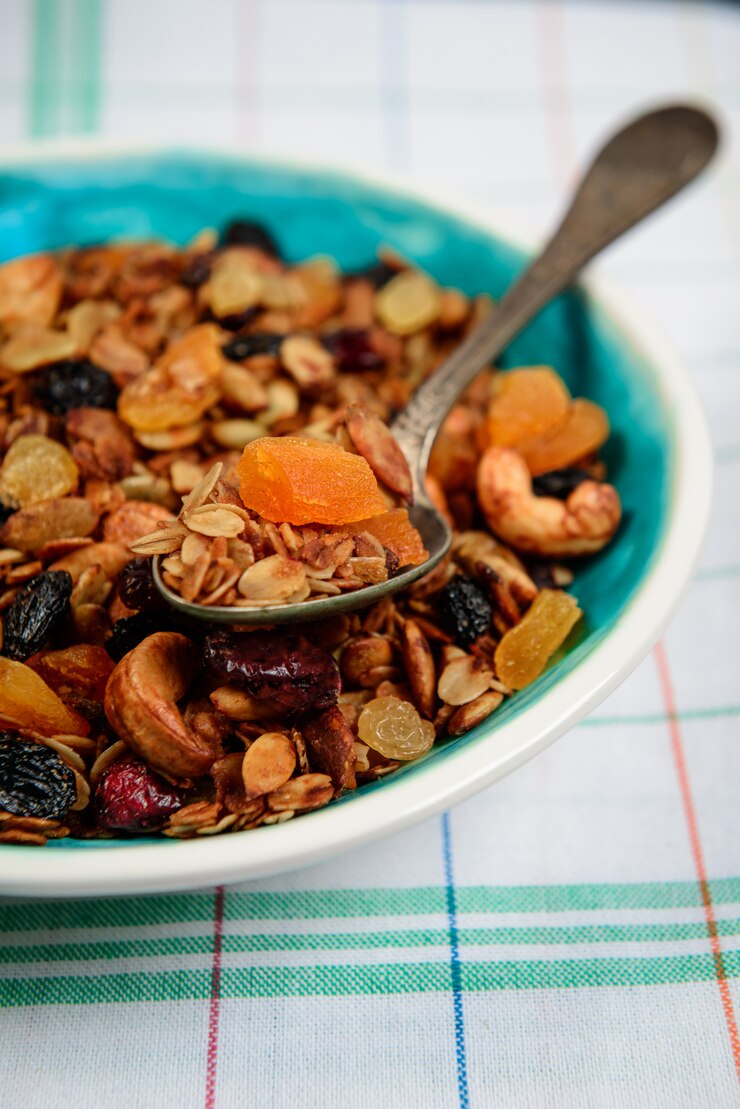
7. Sneak in Some Veggies
We all know we should eat more vegetables, but let’s face it, sometimes they just don’t fit into the dish we’re making. The solution? Sneak them in. Grate carrots into your pasta sauce, blend spinach into your smoothies or add cauliflower to your stir-fry. These tiny adjustments are barely noticeable in taste but make a big difference in the nutritional content of your meal.

8. Switch to Greek Yogurt
If you’re a yoghurt fan, consider switching to Greek yogurt. It’s thicker, creamier, and packs more protein than its regular counterpart. Plus, it’s lower in sugar and higher in probiotics, which are great for your gut health. Use it as a smoothie base, mix it into sauces for a creamy texture, or enjoy it with a drizzle of honey and some fruit.
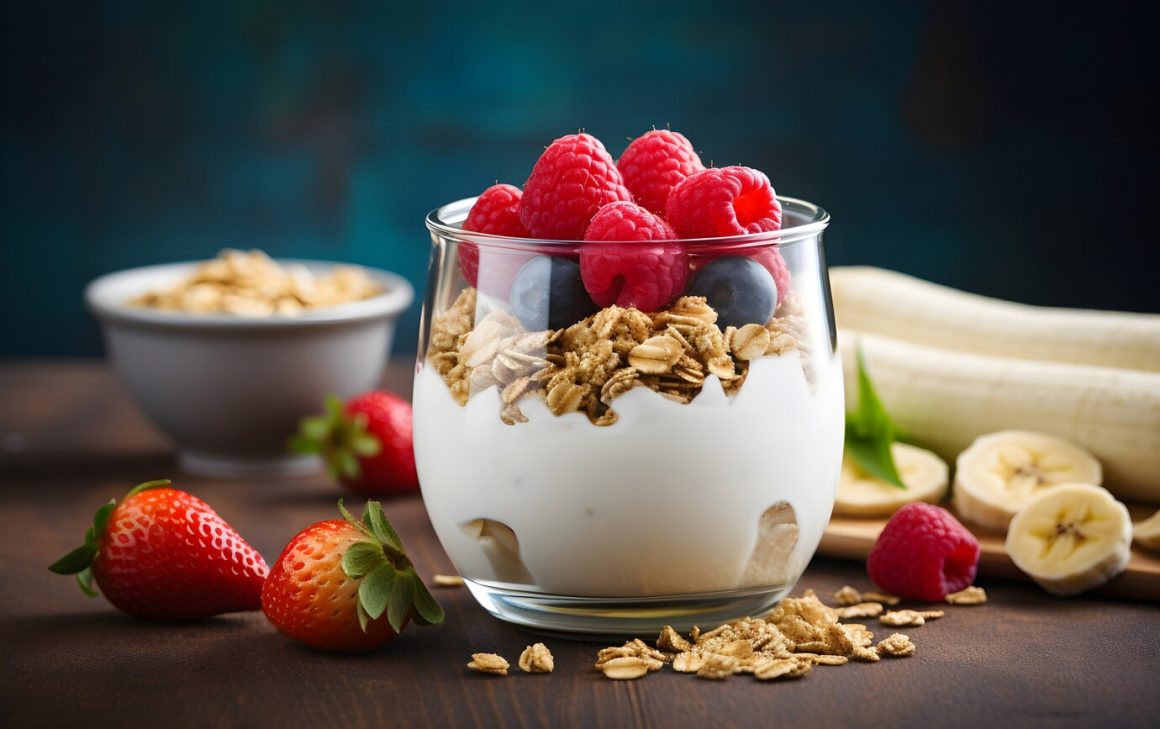
9. Mind the Portion Sizes
Here’s a tiny tip that’s often overlooked: portion control. It’s not just about what you eat, but how much you eat. By being mindful of your portion sizes, you can ensure that you’re not overloading on calories while still getting all the nutrients your body needs. Use smaller plates, measure out servings, and pay attention to your hunger cues. It’s a small change, but it can make a world of difference in your overall health.
